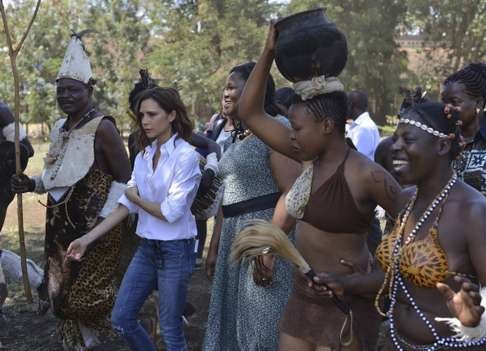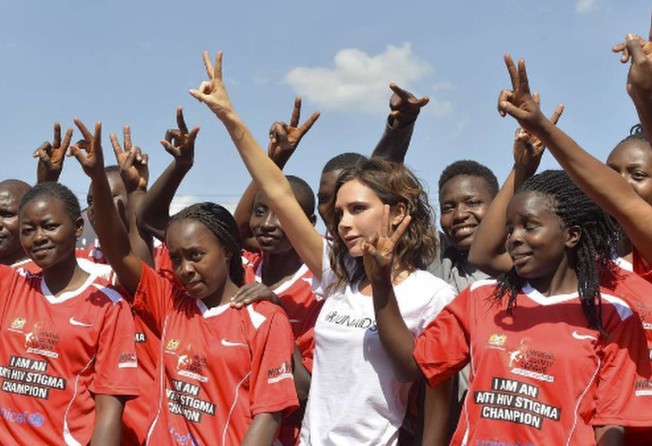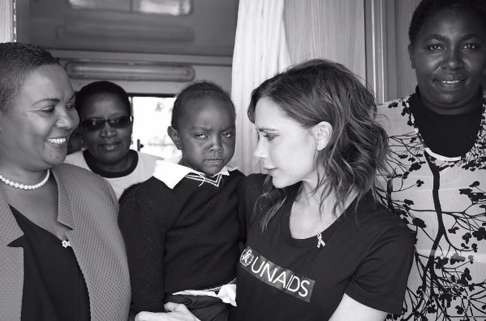
How Victoria Beckham became a UNAids ambassador and what it means to her
An eye-opening trip to South Africa at the suggestion of Vogue editor-in-chief Anna Wintour, and the realisation that ‘people listen to what I have to say’, persuaded fashion designer to take on HIV/Aids prevention role

Victoria Beckham has been in the news this week, and not just for her Vogue Australia cover or her new beauty range launched with Estee Lauder. She and her 17-year-old son Brooklyn have been visiting clinics and centres in Kiambu County, Kenya, to raise awareness of HIV and Aids testing, treatment and eradication. During her last visit to Hong Kong, the British star and fashion designer told SCMP.com how she become a UNAids goodwill ambassador.
“It took me getting to 40 to realise that for whatever reason, people listen to what I have to say,” she says. “I’ve been a patron to the Elton John Aids Foundation for over 20 years but just as I was approaching my 40th birthday, I wanted to do something more significant, to give back in a bigger way.”


It was in Cape Town that she met people from the UN. Months later, she was appointed one of its goodwill ambassadors, and delivered an impassioned speech to the UN General Assembly in New York in 2014 which received wide media coverage.

Since then, Beckham has been on several field trips to the continent to learn more about the disease.
This UN role is worlds apart from her glittering fashion career and former pop-stardom, but one that Beckham is taking very seriously – even missing the opening of her first store, in London’s Dover Street, to make that 2014 speech at the UN. Since then, husband David and the children have been getting more involved too.
“It’s really something very close to my heart ... I feel very lucky that I have good balance in my life now,” says Beckham. “You have to work at it, though.”
Statistics on the HIV and Aids epidemic
The UN estimated that in 2015, 36.7 million people, including 1.8 million children, were living with HIV – and that around 25.5 million of them live in Sub-Saharan Africa, a hot spot for new infections. That year alone, it was estimated that 150,000 children contracted HIV from their mothers during birth or breastfeeding.
Despite significant medical advances in the treatment of HIV and Aids in recent years, over a million people died of Aids-related illnesses in 2015. The UN estimates that 40 per cent of all people living with HIV do not know that they have the virus, hence the importance of funding of organisations that encourage regular testing.
To donate to UN Aids, visit donations.unaids.org/